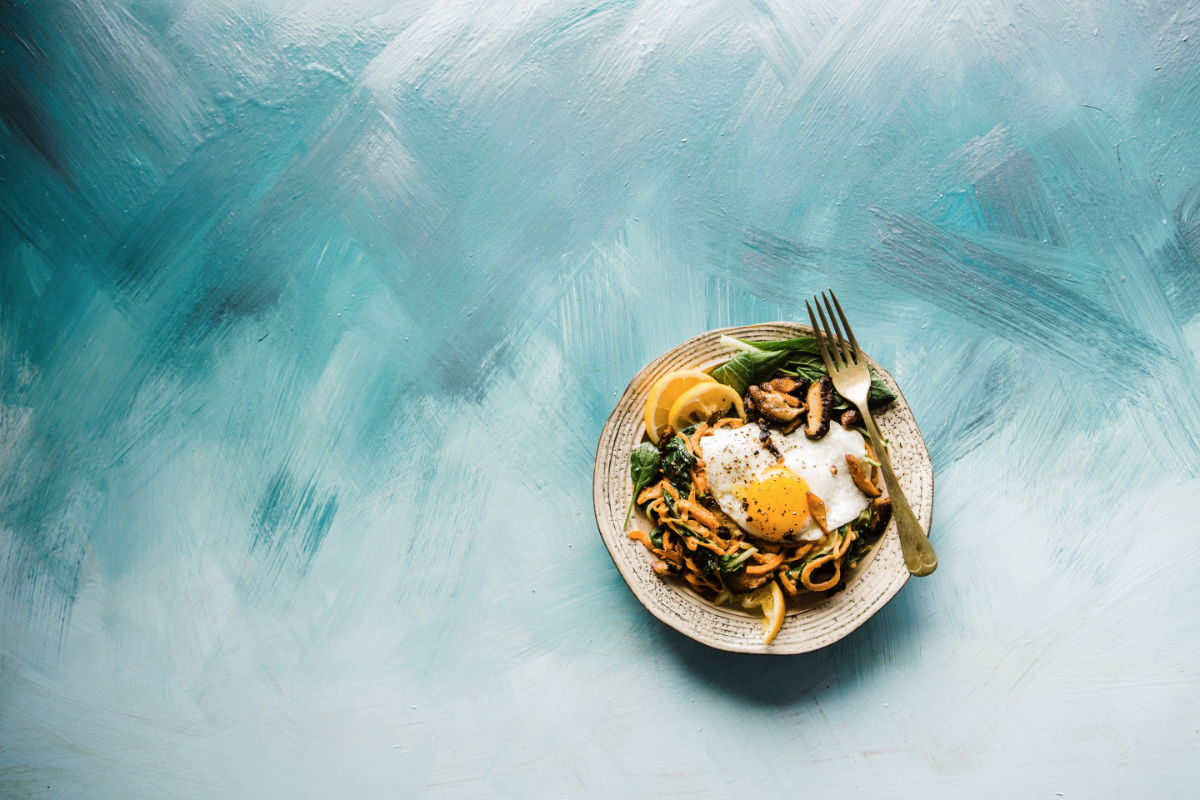Spirulina: a super alkaline protein for a daily energy boost
Spirulina: a super alkaline protein for a daily energy boost. I love spirulina. Okay, the taste is peculiar but I have found some good combinations to consume it. And above all, spirulina is such an incredibly rich source of nutrients, that figuring out how to incorporate it into our diet is a huge benefit …
Spirulina: a super alkaline protein for a daily energy boost Read More »










